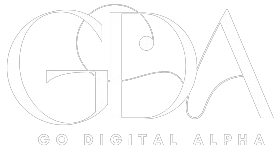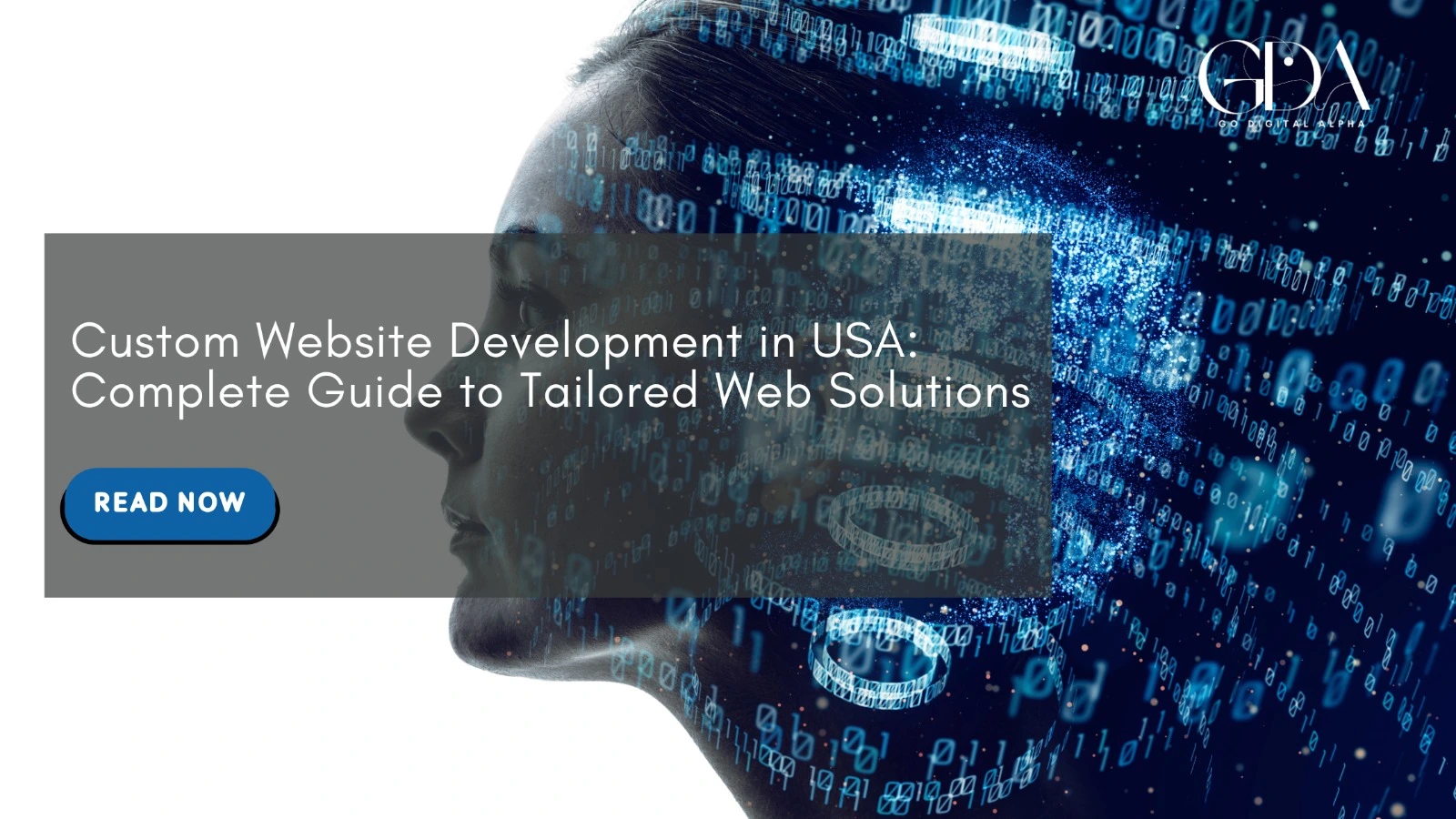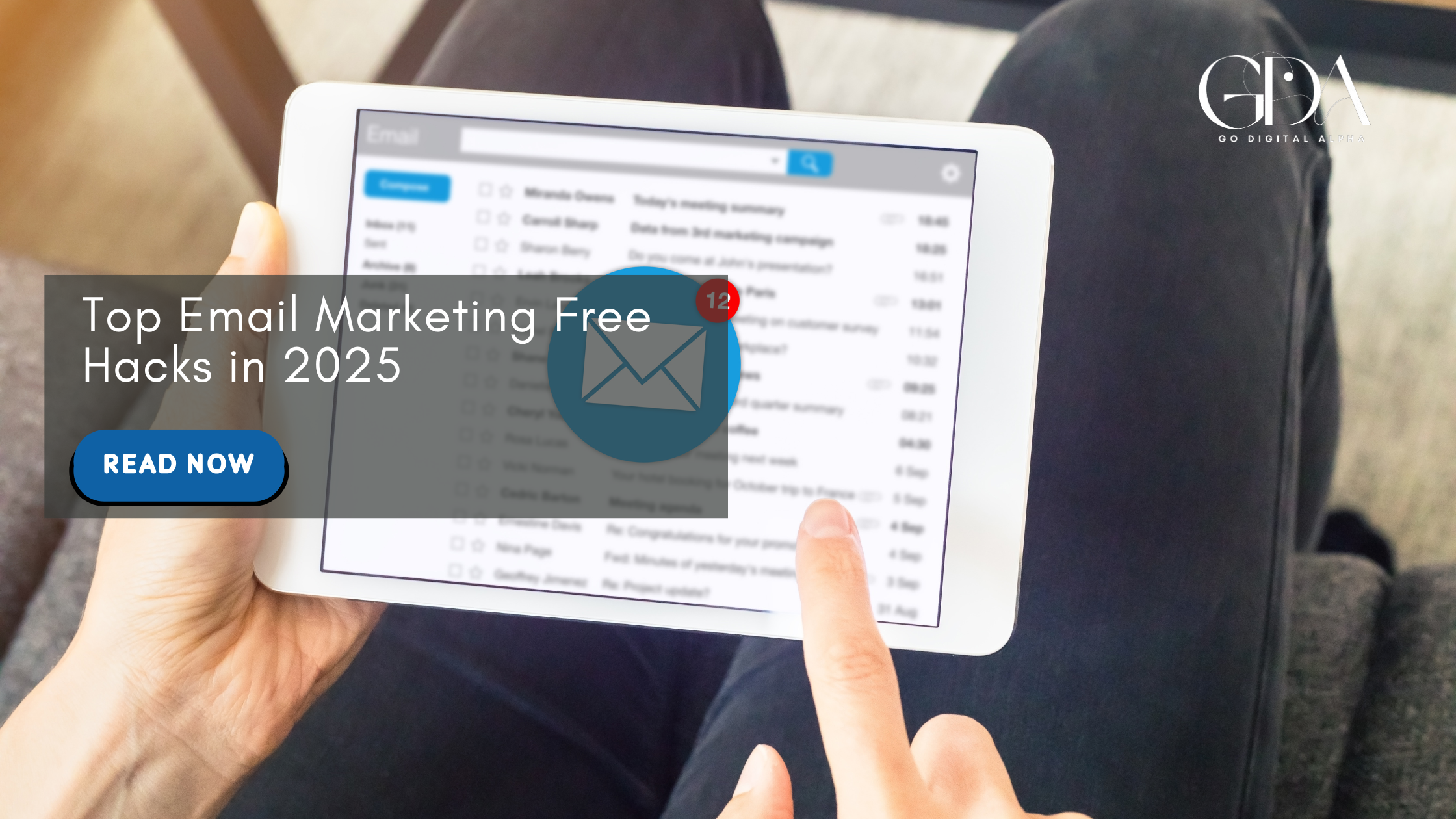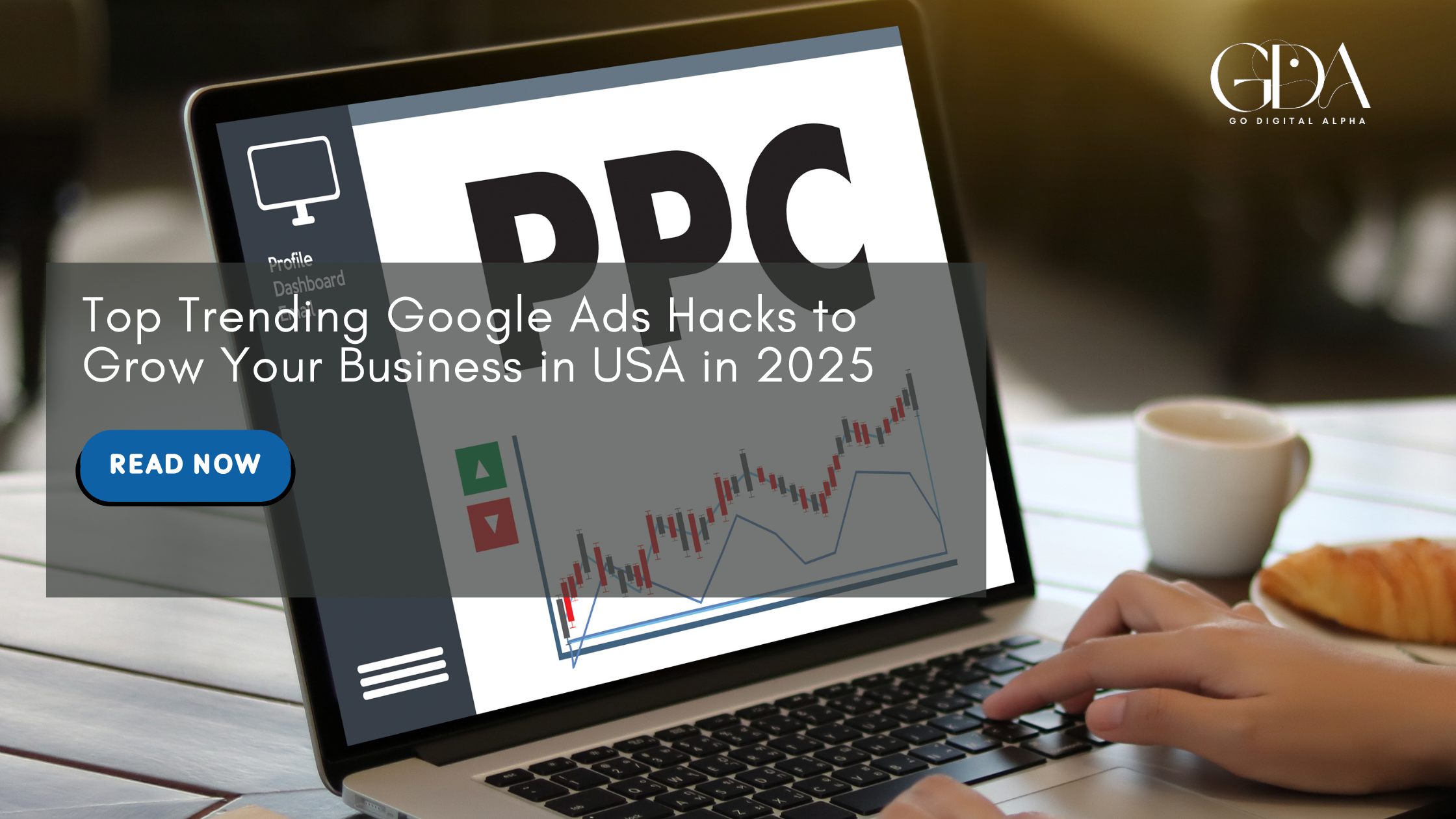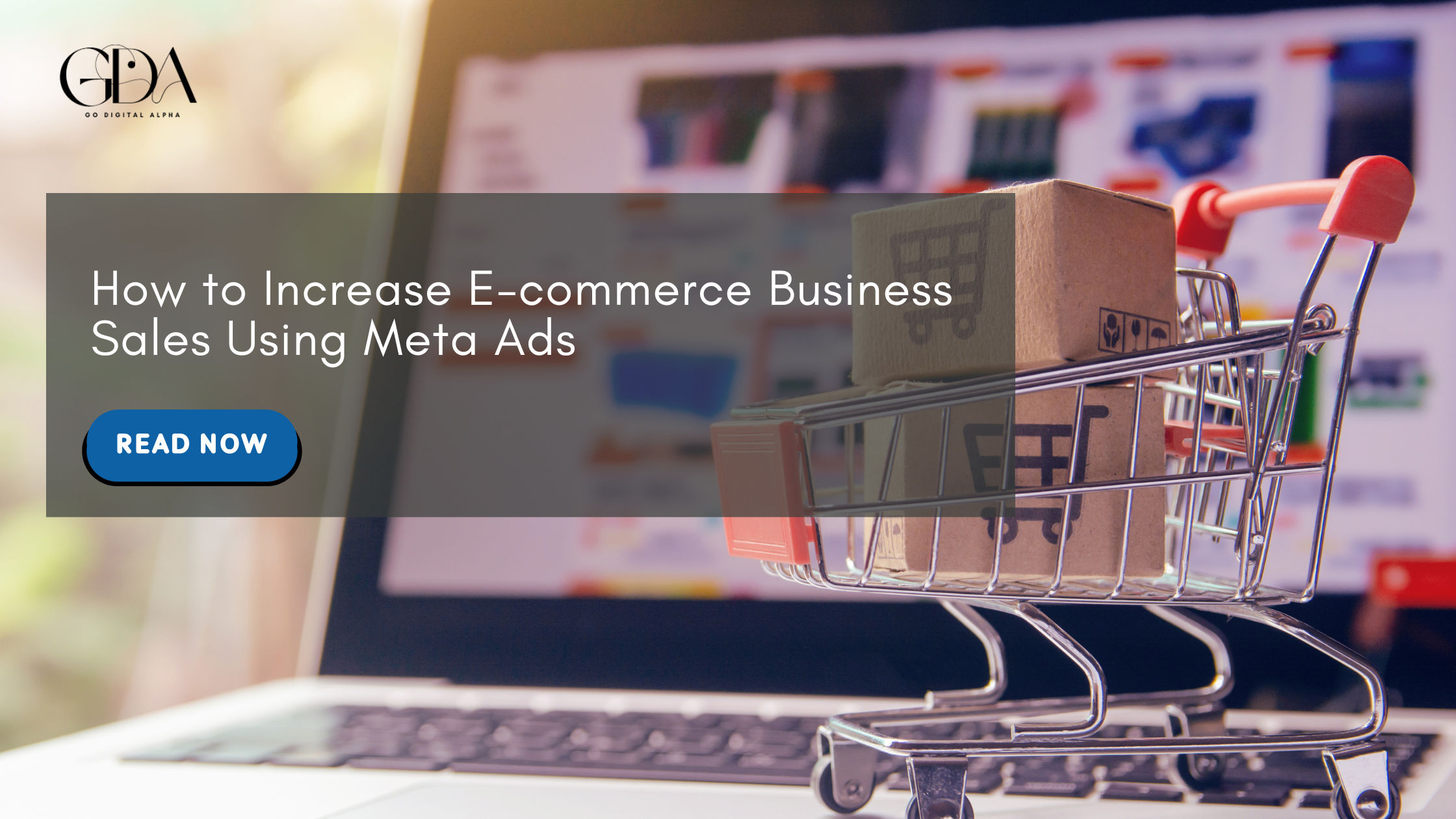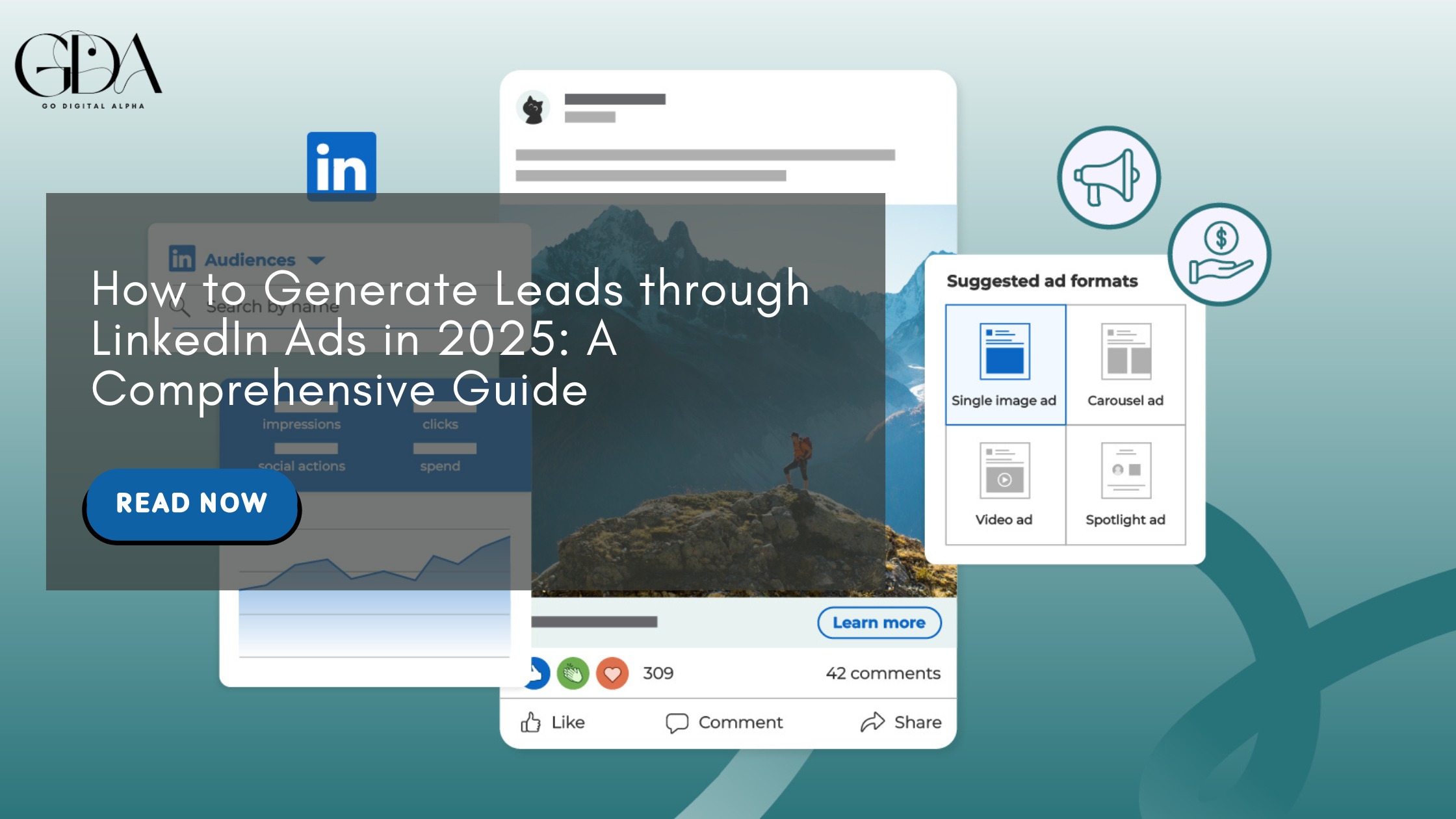
Launching and managing an online store in 2025 means leveraging AI at every step. From identifying hot products to automating marketing and support, a rich ecosystem of free or freemium AI tools can give small e-commerce startups a huge advantage. This guide breaks down the best free AI software tools across key areas – product research, site design, content generation, customer support, marketing, images, forecasting, and analytics. We include tool names, short descriptions, ideal use cases, links to official sites, and up-to-date citations for each. Whether you’re a one-person shop or a growing small business, these tools can help you work smarter without breaking the bank.
Key Takeaways
- Product Research & Trend Analysis Product Research & Trend Analysis
- Website/Store Design & Optimization
- Content Generation & SEO
- Customer Service Automation
- Marketing & Social Media Automation
- Graphic & Product Image Generation
- Inventory & Demand Forecasting
- Analytics & Performance Tracking
- Comparison Table of Key Tools
- Conclusion
Product Research & Trend Analysis

Before stocking products, you need to know what’s trending. Free AI and data tools can scan the web and search data to surface rising niches and keywords.
- Google Trends – A completely free tool by Google that shows how often people search for specific terms. It’s ideal for spotting seasonal demand and rising products. For example, Shopify notes that “Google Trends is your free window into real-time consumer demand,” helping merchants validate product ideas.
- Exploding Topics – A freemium trend-spotting platform that uses AI to scan blogs, news sites, and social media for emerging top. Its database highlights products and keywords “exploding in interest online,” so you can launch trends early. (The basic version lets you browse trending topics for free.)
- Pinterest Trends (free via Pinterest) – Not strictly AI, but useful: Pinterest’s trend tool shows rising search terms on that platform, giving clues to popular gift and style items.
- AnswerThePublic – Free (with limits) search visualization that reveals common queries around any keyword, useful for spotting related product questions.
Use these tools to identify hot product categories and keywords. For example, if Google Trends shows rising interest in “at-home laser hair removal,” that signals a new trending niche.
Website/Store Design & Optimization

A fast, user-friendly storefront is key. Several builders now have AI assistants to help non designers create sites quickly. Many offer free plans with basic features:
- Jimdo – An AI website builder with a free plan. Jimdo’s free “bare-bones” plan lets you create a simple e-commerce site (without SEO feature. It uses AI to suggest a basic layout, then you can tweak it. (Paid plans add marketing tools and more design options.)
- Wix ADI – Wix’s AI-driven builder (part of the free tier) asks a few questions and generates a custom site template. The free Wix plan includes the AI builder, though it has Wix ads and a subdomain.
- Bookmark (AIDA) – An AI design assistant that builds a website from your input. Bookmark has a free plan (with Bookmark branding) suitable for a one-page store.
- 10Web – Offers an AI Website builder with a free starter plan. The free tier lets you generate a basic site (powered by WordPress) using AI.
- Hotjar – While not a builder, Hotjar’s free plan provides user-analytics heatmaps and session recordings. It helps you optimize your site layout by showing where real visitors click and scroll. (Hotjar’s free tier covers up to 20k pageviews/month)
- Google Optimize / Google Sites – Google Optimize (now integrated into GA4) is a free A/B testing tool to optimize layouts. Google Sites (free) can even host simple stores or landing pages.
Use case: Quickly spin up a landing page or MVP store with an AI builder (Jimdo, Wix ADI). Then use free analytics (Hotjar, Google Analytics) to test and refine the design.
Content Generation & SEO

Writing product descriptions, blog posts, and marketing copy is time-consuming – AI writing tools can automate much of it. The best options offer free tiers or credits:
AI writing assistants can draft product copy, ad text, blog articles, and more. For example, ChatGPT (OpenAI) is a free (GPT-3.5) chatbot that can compose polished product descriptions, social media posts, and email replies. Google’s Bard (Gemini) offers a similar free conversational AI for content generation. Specialized tools include Writesonic – a marketing-focused content platform with a free tier (10K words with GPT 3.5)– and Copy.ai, which has a free plan to generate headlines and marketing copy. Even paraphrasing helpers like QuillBot are free (limits apply) to rewrite and proofread existing text. More niche tools like Writetone let you specify tone and use-case; its robust free plan gives up to ~30,000 characters of output per month.
- ChatGPT (OpenAI) – Free AI chatbot that generates human-like text (product descriptions, articles, emails). Good for any content; no coding needed. • Google Bard (Gemini) – Google’s free LLM-based writing tool. Useful for quick copy or idea generation (SEO titles, social posts).
- Writesonic – AI content generator. Its free plan creates blog ideas, descriptions, and even landing pages (10K words of GPT-3.5 content).
- Copy.ai – Marketing copy generator. The free tier lets you craft ads, product descriptions, and social posts.
- QuillBot – AI paraphraser and grammar checker. Free version refines your writing (summarize, expand, rephrase).
- Writetone – AI copywriter with many tone presets (professional, witty, etc.). Free plan allows ~30K characters monthly, ideal for blog intros or ad copy.
- Google Search Console & Analytics – Not a writer, but invaluable for SEO: it’s free and shows what keywords people use to find your site, guiding content optimization.
Each tool has a strength: use ChatGPT or Bard for versatile writing, Writesonic/Copy.ai for marketing-specific templates, and QuillBot/Writetone to polish or vary tone. Always review AI output for brand voice and SEO keywords.
Customer Service Automation

Automated customer support (chatbots and email assistants) keeps response times low even with few staff. Several AI chatbot platforms have free starter plans:
For automating FAQs and chat support, consider tools like Tidio and Freshdesk. Tidio offers a forever-free plan (for one website) with up to 50 AI-driven conversations per month, plus live chat and helpdesk basics. It can auto-respond to common questions or hand off to you. Freshdesk (by Freshworks) has a free plan for up to 2 support agents, including email ticketing and basic automation (useful for growing stores).
- Tidio (tidio.com) – AI-powered chatbot + live chat. Free forever for up to 50 chats/month and a basic help desk. Good for instant answers on your site. • Freshdesk (freshworks.com/freshdesk) – Free tier includes email ticketing and knowledge base (2 agents max). AI “Freddy” assistant can auto-tag and respond to simple queries.
- ManyChat (manychat.com) – Free plan supports up to 1,000 contacts. Primarily for Messenger/Instagram bots, but useful for marketing automations (sequenced follow ups).
- Botpress (botpress.com) – Open-source chatbot platform. Completely free to download and run your own AI assistant with advanced customization. Good if you want full control and integration.
- HubSpot Chatbot (free CRM tier) – HubSpot’s free CRM includes a visual chatbot builder. Useful for lead capture and FAQs (but limited AI – more rule-based on free plan).
For email automation, you can also use ChatGPT to draft responses or Gmail/Gmail’s Smart Reply (free). Combined, these tools let even solo entrepreneurs provide 24/7 support.
Marketing & Social Media Automation

AI tools can automate posting, ad creation, and campaign analysis. Many free tools target social media and email marketing:
Social Scheduler & CRM: For scheduling posts, Buffer offers a free plan (up to 3 social channels) with an AI content assistant. It even has a free “AI Post Generator” to suggest captions. For email marketing, Mailchimp’s free tier lets you send up to 1,000 emails per month to 500 contacts, and includes AI-based content suggestions.
HubSpot CRM is entirely free and includes marketing automation: it can auto-send emails and score leads based on AI triggers. Design-wise, Canva’s free plan includes an AI text-to-image generator and graphic templates, perfect for creating social graphics or ads without a designer.
- Buffer (buffer.com) – Free social media scheduler (3 channels). Also offers AI tools to generate post ideas. Use it to queue Instagram, Facebook, Twitter updates from one dashboard.
- Mailchimp (mailchimp.com) – Free email marketing (up to 500
contacts). Includes drag-and-drop email builder and basic AI-powered recommendations for subject lines and send times.
- HubSpot CRM (hubspot.com) – Free all-in-one CRM/marketing suite. Its AI features can automate follow-up emails and segment customers, ideal for small shops growing their mailing list.
- Canva (canva.com) – Free graphic design tool with AI image generation (“Text to Image”). Great for quickly creating banners, ads, and social posts.
- Later (later.com) and Hootsuite – While not fully AI-driven, both have free plans (Hootsuite free for 2 social profiles) and can schedule posts.
- Zapier / Make (make.com) – Free tiers for workflow automation. For example, you can use Zapier’s free plan to connect your store to social apps or email. Zapier now has AI “Chatbots” beta for simple Q&A bots.
These tools let you automate repetitive tasks: schedule posts in advance, auto-respond to DMs, and run email campaigns with minimal manual work. Always personalize content from AI, but these platforms handle bulk posting and analysis effortlessly.
Graphic & Product Image Generation

High-quality visuals boost sales. AI image generators can create product photos and graphics for free or low cost:
For product photography, Pixelcut and CreatorKit are standout AI tools. Pixelcut’s AI Product Photo generator lets you upload a product shot and then generate dozens of styled variants and backgrounds – all for free. Likewise, CreatorKit’s AI Product Photos tool provides hundreds of category-specific backgrounds (e.g. lifestyle or flat-lay scenes) in seconds. Both turn a single product image into a mini-photoshoot to liven up your listings.
- Pixelcut (pixelcut.ai) – Free AI photo editor tailored for e-commerce. Upload a product image and apply AI backgrounds (holiday, summer, flat lay) for instant product photos.
- CreatorKit (creatorkit.com) – Free AI product photo suite with dozens of templates. Its “AI Product Photo” feature blends your product into polished stock scenes (e.g. on a shelf, in a setting).
- Canva AI Image – Canva’s free plan includes “Text to Image” generation and editing. You can create custom graphics or mockups by describing them in words. • Remove.bg and Clipping Magic – Not generators, but free (limited) tools to automatically remove or change backgrounds on product photos using AI. Useful for creating white-background product shots.
For marketing imagery, general AI art tools like OpenAI’s DALL·E (via Canva or NightCafe) have free credits to generate creative graphics. These allow you to produce custom ad visuals or banners from text prompts.
Inventory & Demand Forecasting

AI-driven demand forecasting can prevent stockouts or overstock. While most enterprise solutions are paid, one strong free option is:
- FrePPLe (frepple.com) – An open-source, 100% free supply chain planning platform. It offers advanced forecasting algorithms (time-series, causal models) and integrates with spreadsheets or ERP systems. The website touts “100% free and open source forecasting capabilities” to replace manual methods. Use FrePPLe to analyze past sales and generate smart demand forecasts for each product.
If you prefer simpler tools, even Google Sheets has built-in functions (FORECAST.ETS) powered by AI that can do basic forecasting. But for robust multi-item planning, FrePPLe’s free software is unmatched. It lets small retailers use machine learning to predict sales without any licensing fees.
Analytics & Performance Tracking

Tracking your store’s performance is free with these AI-boosted tools:
- Google Analytics 4 – The industry standard, GA4 is completely free and uses machine learning for insights. It automatically surfaces trends (e.g. rising page queries) and churn signals. As one source notes, GA4 “leverages machine learning to offer insightful data about website performance and user behavior”. You can track sales funnels, customer lifetimes, and more, all at no cost.
- Google Looker Studio – (Formerly Data Studio) Free dashboard tool to visualize data from GA4 or other sources. Use its AI-powered community connectors to combine ad metrics.
- Hotjar – For free, Hotjar offers up to 20,000 sessions/month with heatmaps and session recordings. This lets you see exactly how users scroll and click on your product pages. (Unlimited heatmaps and one-month data retention are included on the free plan.)
- Microsoft Clarity – A free behavior-analytics tool (no citations needed) that provides scroll heatmaps and user session replays without any traffic cap. It supplements GA4 by showing how visitors really use your site.
- Semrush or Ahrefs Webmaster Tools – Both have free tiers (limited) for SEO tracking. Use Semrush’s free site audit to catch basic SEO issues on your store.
By combining GA4’s AI insights with Hotjar or Clarity, you get a comprehensive view of performance. You’ll know which products convert, which pages cause drop-offs, and where to improve UX – all without paying for analytics.
Comparison Table of Key Tools

Google Trends
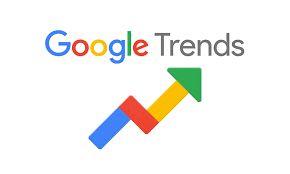
Category: Product Research/Trends
Key Features / Use Cases : Free search-interest data; spot seasonal demand
Free Plan:
100% free (Google)
Exploding Topics

Category: Product Research/Trends
Key Features / Use Cases : Free search-interest data; spot seasonal demand
Free Plan: Free version (limited trends)
Jimdo

Category: Website Design
Key Features / Use Cases : AI site builder with e commerce templates
Free Plan: Free “bare-bones” site plan
ChatGPT
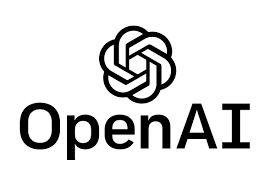
Category: Content Generation
Key Features / Use Cases : AI chatbot writing assistant (blogs, descriptions, ads)
Free Plan: Free (GPT-3.5)
model
Google Bard
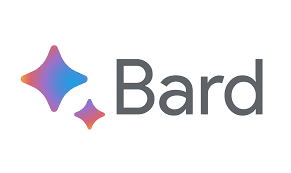
Category: Content Generation
Key Features / Use Cases : Google’s AI writing assistant (similar to ChatGPT)
Free Plan: Free (Gemini model)
Copy.ai
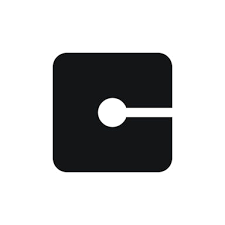
Category: Content Generation
Key Features / Use Cases : Marketing copy + blog generator; landing page creator
Free Plan: Free tier (10K words, GPT 3.5)
QuillBot

Category: Content Generation
Key Features / Use Cases : Quick ad/caption/description generator
Free Plan: Free version (125-word paraphrase)
Writetone
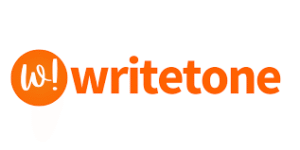
Category: Content Generation
Key Features / Use Cases : Paraphrasing, summarizing and proofreading
Free Plan: Free (50 conv/month, live chat)
Tidio
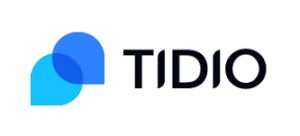
Category: Content Generation
Key Features / Use Cases : AI copywriter with tone presets (social posts, emails)
Free Plan: Free (2 agents, knowledge base)
Freshdesk

Category: Customer Service (Chatbot)
Key Features / Use Cases : AI chatbot + live chat; auto-answer visitor questions
Free Plan: Free (50 conv/month, live chat)
ManyChat
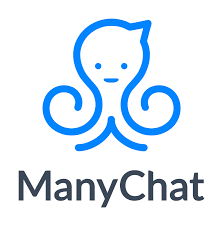
Category: Customer Service (CRM)
Key Features / Use Cases : Ticketing, basic AI ticket routing (Freddy)
Free Plan: Free (1,000 contacts)
Botpress
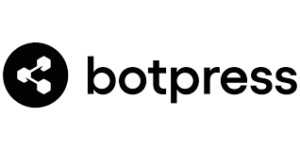
Category: Customer Service/Marketing
Key Features / Use Cases : Chatbot for Facebook/Instagram; lead-gen automation
Free Plan: Free (self-hosted)
Buffer
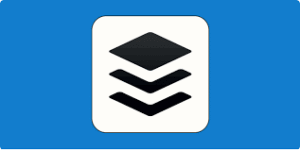
Category: Customer Service (Chatbot)
Key Features / Use Cases : Open-source AI chatbot builder; highly customizable
Free Plan: Free (500 contacts,1k emails/mo100% free (core features)
HubSpot CRM

Category: Social Media Scheduling, Email Marketing, CRM/Marketing Automation
Key Features / Use Cases : Schedule posts across networks; AI caption generator, Email campaigns and automation, Free CRM with email sequences, chatbots, lead scoring
Canva AI
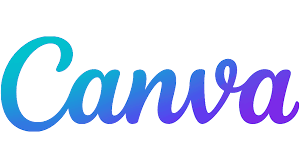
Category: Design/Image Generation
Key Features / Use Cases : AI “Text-to-Image” + templates for social posts/ads
Free Plan: Free (with limited stock assets)
Pixelcut
Category: Product Image Generator
Key Features / Use Cases : AI backgrounds for product photos (various styles)
Free Plan: Free tool with unlimited usage
Creator
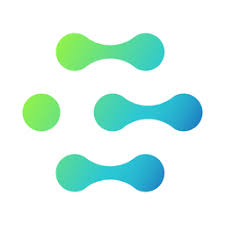
Category: Product Image Generator
Key Features / Use Cases : AI product photos with prebuilt templates
Free Plan: Free (hundreds of templates)
Kit
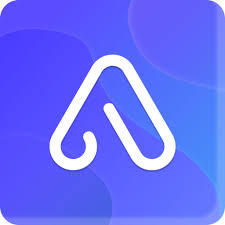
Category: Forecasting
Key Features / Use Cases : Open-source demand forecasting & inventory planning
Free Plan:
Free (100% open
source)
FrePPLe

Category: Analytics/Tracking
Key Features / Use Cases : Web analytics with AI driven insights (conversion, churn)
Free Plan: Free (GA4)
Google Analytics

Category: Analytics/UX
Key Features / Use Cases : User heatmaps & session recordings
Free Plan: Free (20k sessions, replays)
Conclusion
E-commerce startups can greatly amplify their capabilities with free AI tools. From market research (Google Trends, Exploding Topics) to AI site builders (Jimdo), content generation (ChatGPT, Copy.ai), customer support (Tidio, Freshdesk), marketing (Buffer, Mailchimp, HubSpot), image creation (Pixelcut, Canva), and even demand forecasting (FrePPLe), each stage of launching and running a store has excellent no-cost or freemium AI options. By integrating these tools, a small business can save time, cut costs, and compete with larger rivals. Importantly, almost all the tools above offer valuable free tiers, making them accessible even on a shoestring budget. Experiment with a few that match your needs, and watch your e-commerce operations get smarter and more efficient – all powered by the latest AI technology.
FAQs
The best free AI tools for product research include:
Google Trends – Shows rising and seasonal product demand.
Exploding Topics – Highlights fast-growing niche ideas using AI.
Pinterest Trends – Great for visual product categories like
Yes, platforms like Jimdo, Wix ADI, and 10Web offer free plans with AI-powered site builders. You can generate basic e-commerce pages by answering a few questions. However, free plans may include ads, subdomains, or limited features.
Top free AI writing tools include:
ChatGPT (GPT-3.5) – Generates versatile copy (product descriptions, emails, etc.).
Writesonic – Free plan includes up to 10,000 words for e-commerce content.
Copy.ai and Writetone – Focus on marketing copy with tone customization.
Use them to quickly create or rewrite product listings, SEO blogs, and social captions.
Yes! You can use:
Pixelcut – Upload a product image and apply AI-generated scenes/backgrounds.
CreatorKit – Instantly generate lifestyle or studio-style images with your product.
Canva AI – Turn text prompts into images for banners and ads.
These tools are free and ideal for creating polished visuals without a designer.
Try these options:
Tidio – AI chatbot + live chat; free for up to 50 conversations/month.
Freshdesk – Includes ticketing and basic automation for 2 agents.
ManyChat – Best for automating Instagram or Facebook Messenger replies.
They help automate FAQs, support, and lead generation.
Buffer offers a free social media scheduler (3 profiles) with an AI caption assistant. You can queue posts for Instagram, Facebook, and more. Canva helps design AI-powered graphics, while Later also offers free scheduling tools with analytics.
Mailchimp offers a strong free tier with:
Up to 500 contacts and 1,000 monthly emails.
AI-based subject line suggestions and send-time optimization.
HubSpot CRM also provides free AI-powered automation for email workflows and lead scoring.
Use FrePPLe – a free, open-source AI forecasting platform designed for small retailers. It predicts demand using time-series and causal models. Alternatively, Google Sheets offers basic AI forecasting via the FORECAST.ETS function.
Google Analytics 4 (GA4) – AI-powered insights on user behavior, churn, and conversions.
Microsoft Clarity – Free heatmaps and session replays.
Hotjar – Free for up to 20k pageviews/month with behavior analytics.
These tools help you understand customer behavior and optimize the sales funnel.
Yes! With the right free tools, you can handle:
Product discovery (Google Trends, Exploding Topics),
Store creation (Jimdo, Wix),
Content generation (ChatGPT, Writesonic),
Marketing (Buffer, Mailchimp),
Support (Tidio, Freshdesk), and
Analytics (GA4, Clarity).
You may outgrow some limits as your business scales, but for launching and running a lean e-commerce operation, free AI tools are more powerful than ever in 2025.
Share this post :
Newsletter
Add Your Heading Text Here
Lorem ipsum dolor sit amet, consectetur adipiscing elit. Ut elit tellus, luctus nec ullamcorper mattis, pulvinar dapibus leo.
